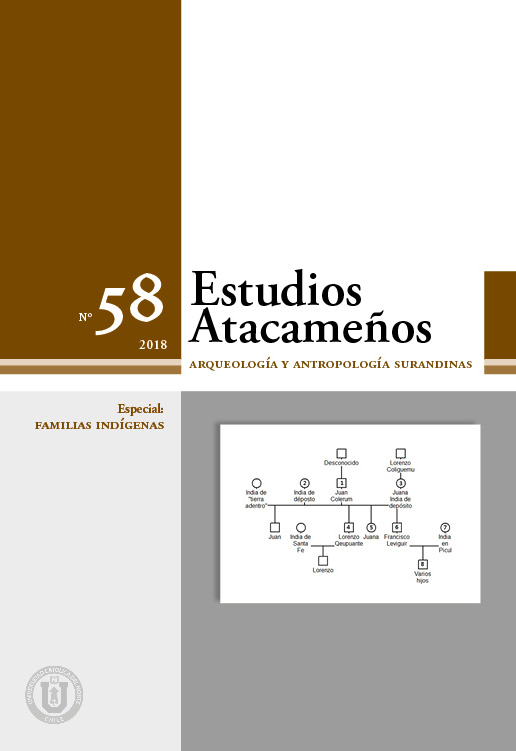Architectural history of Tarapacá: residential strategies and settlement formation, Xth Century BC - XVIIth Century AD (South Central Andes)
Abstract
This paper presents a regional synthesis of settlements and residential building patterns in
Tarapacá region, between Xth BC and XVIIth AD centuries. Distribution, variability and
transformations on sites plans and domestic space design shows a long-term process, where the
formal patterns of the domestic structures reveal gradual or radical changes in the organization
or social structure of local communities during the Formative, Late Intermediate and Inca-
Colonial period. Theoretical framework and settlement analysis allow us an inter-site perspective
of pre-Hispanic architecture in areas of excellent material preservation, using a standardized
methodology. The research points out the potential of systematic reading of domestic
architecture´s behaviour to understand long term regional history in South-Central Andes.
Published
How to Cite
Issue
Section

All works published in Revista Estudios Atacameños (ISSN on line:0718-1043) Revista Estudios Atacameños Creative Commons International 4.0 attribution (CC BY 4.0) licence.
Authors remain the owners of their work and may republish their articles elsewhere without having to request permission, as long as they indicate that the work was originally published in Revista Estudios Atacameños (ISSN on liine:0718-1043).

















